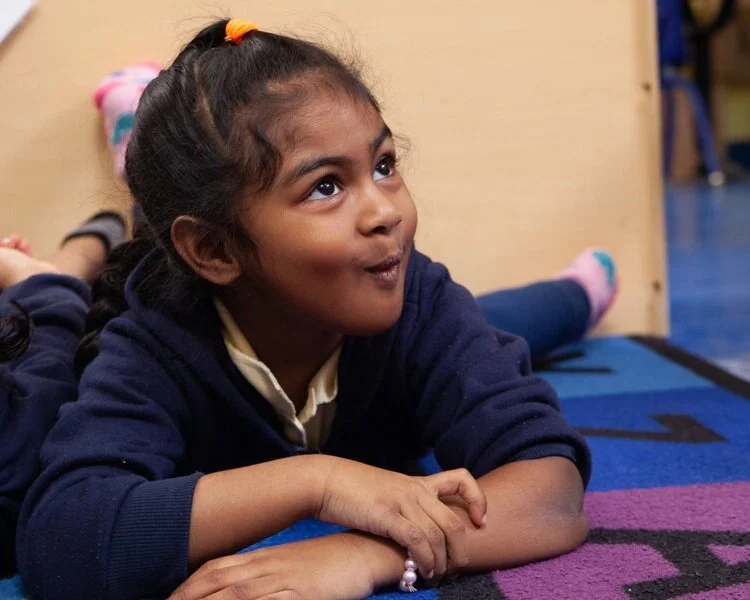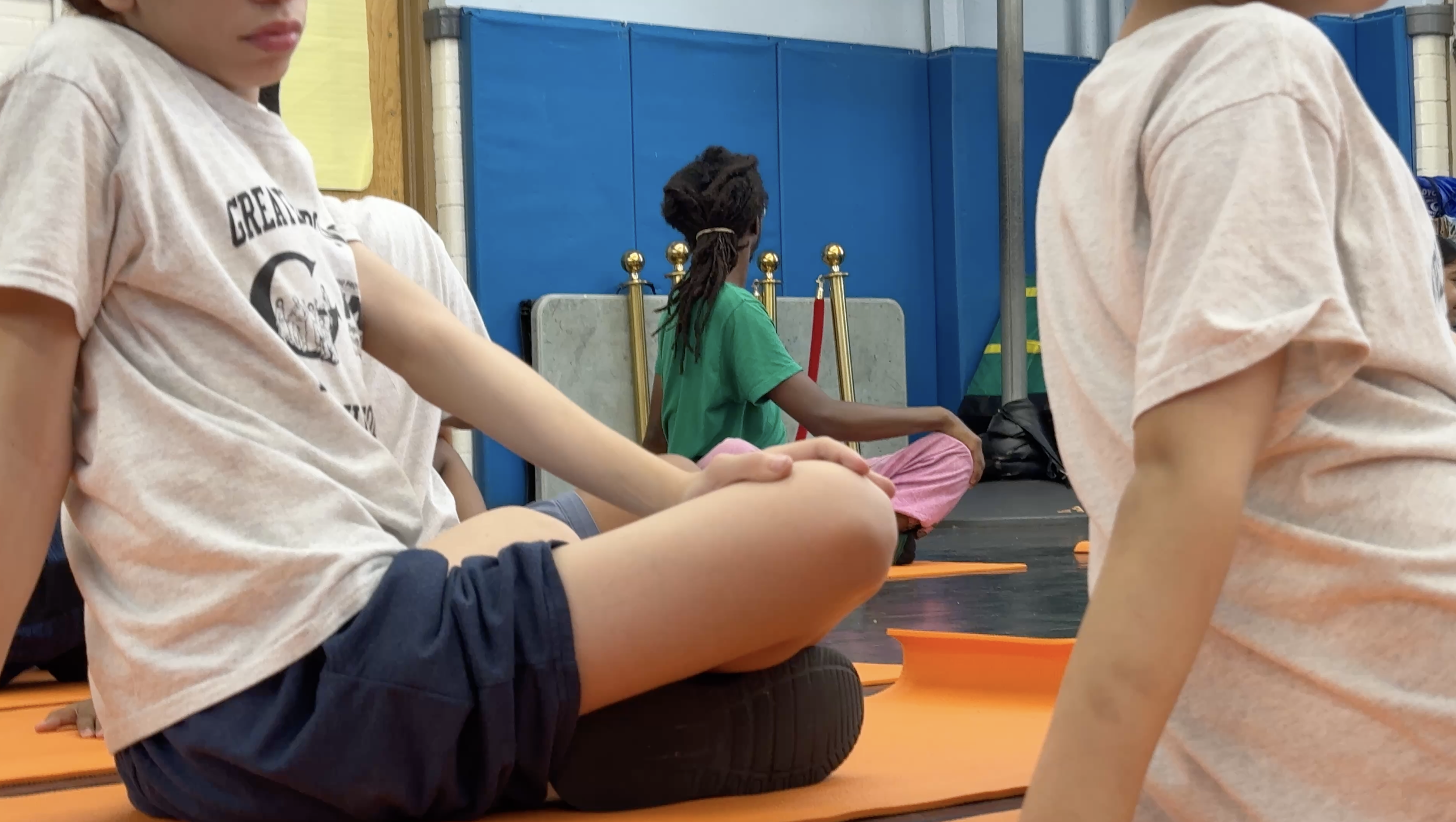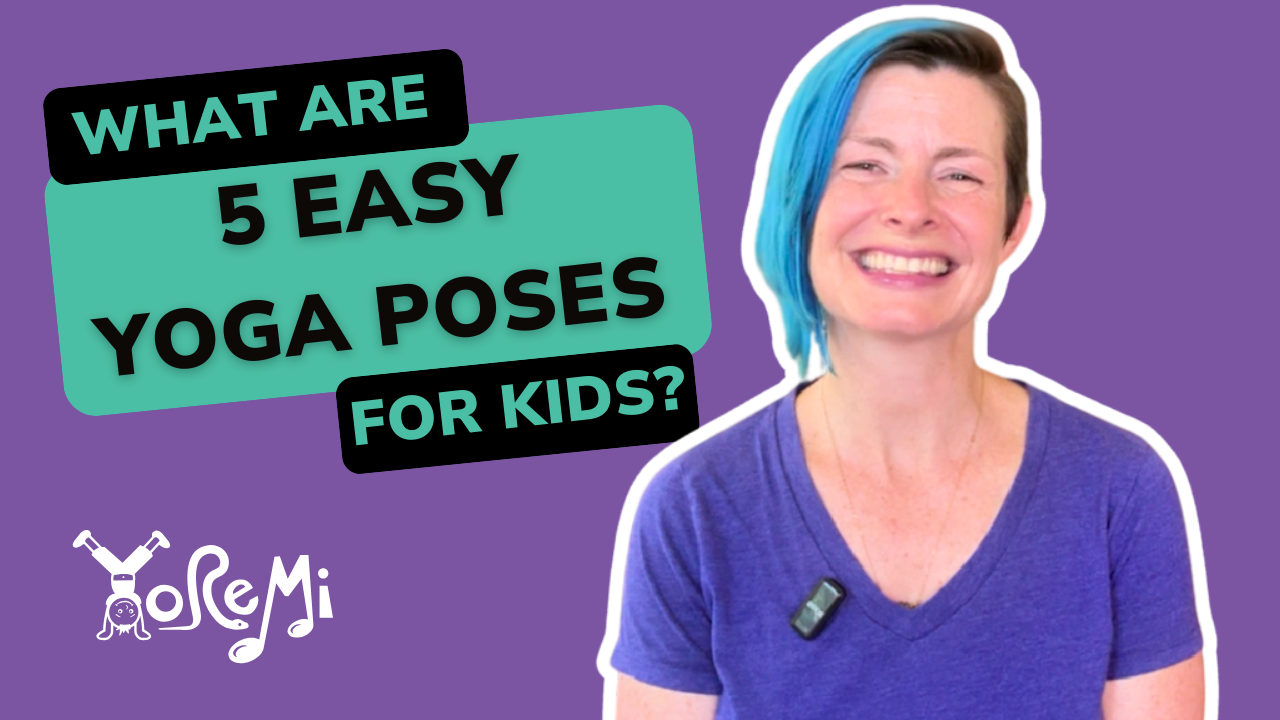Replace Resolutions: 3 Steps to Emotional Fitness This Year
As the days shorten and winter officially sets in, another year draws to a close. Traditionally this the time for one last huge, mayhem-filled party followed by strict and sobering resolutions.
Honestly, at the moment I am feeling way too exhausted for either! The whirlwind of the holidays and the accompanying packed schedule, on top of family travel and whatever germs have been floating around at school and at home, have me feeling like I could crawl into bed and stay there ‘til Spring. I think the bears are onto something!
“And now we welcome the new year. Full of things that have never been.”
But something in me just can’t let the year’s change go unnoticed through a fog of weariness. I wonder, can I celebrate the new year and ALSO honor how I am feeling?
Here is my 3-step plan to strengthen my emotional fitness this year (and exercises to help me get there):
1. Acknowledge and Accept Feelings
Guess what - I am finally learning it’s okay to feel…insert sad, happy, scared, tired, frustrated, blissful, lonely, excited, angry or any combination thereof! Perhaps you read that list and automatically categorized some of those feelings as “good” and some of those feelings as “bad.”
Don’t worry, we all do, because that is what we have been taught.
From an early age, children learn that some emotions are acceptable while others are not. Adults tell children “Don’t cry” or “You get what you get and you don’t get upset” or “Don’t be a chicken, scaredy-cat, etc.” or “Act like a big boy/girl.” Meanwhile, other emotions, the ones that don’t involve conflict, are praised and rewarded.
When we ask “How are you?” how often do we actually want, or have the time, to hear the real answer?
The social rules are clear…you tell your friends, coworkers, family you are happy and you tell your therapist you are sad. So we spend most of our days stifling or avoiding how we actually feel until disconnection from our feelings becomes second nature - the emotions don’t go away, we just become really good at hiding them, even from ourselves.
Is that what we are asking children to do when we tell them to “Act like a grown-up?”
“Self-expression is the dominant necessity of human nature.”
Perhaps we grown-ups could take some lessons in self-expression from our kids. Does that mean we get to have a full-blown meltdown in the grocery store because our favorite ice cream is out of stock? Maybe not.
But we could take a moment to fully experience and accept all of our feelings… even the ones that feel bad or messy. If we do, we might actually notice that acknowledging our feelings releases them and leaves space to address the situation from a place of peace and wholeness.
Do you know the saying, “Put your oxygen mask before assisting others”? The best way to teach our children emotional awareness and intelligence is to first cultivate it for ourselves.
When we have unexpressed emotions, it is difficult to sit with the feelings of others. That’s part of the reason why hearing how someone is really doing might make us feel uncomfortable. I am much better at handling toddler meltdowns with compassion and empathy when I have given myself the space to work through my own stuff.
Try this: SELF CHECK-In (5 minutes)
At least 3x per day (at wake-up, before lunch, and at bed-time) take time to do a self check-in.
Lay down or sit in a comfortable and supported position. Close your eyes and notice the quality and sensation of your breathing.
Allow the focus on your breathing to turn your awareness inward. Deepen your breath, inhaling for 3 seconds and exhaling for 5 seconds. (You can lengthen those counts as long as your breath stays comfortable and easy, keeping the exhale a bit longer than the inhale).
As you breathe, scan your body for any feelings of tension or holding. Send your inhale to those places and release and relax on the exhale.
Become aware of any emotions or feelings that may be present, without judging them, changing them or making them mean anything. Just notice. If nothing comes up, that’s okay. Continue to breathe and stay open.
When you feel complete, you may chose to take a few deep releasing exhales through the mouth, shake out any remaining feeling or tension, or free-write in your journal.
2. Get the Gratitude Glow
When you start to regularly check in, you might notice you are your own worst critic and that you say things to yourself you would NEVER say to someone you actually cared about.
Right now, I could easily rattle off a list of all the things that went wrong this week as well as all the ways they are my fault, recap my plethora of “should have’s,” and rehash the conversations or situations that really riled me up.
Whether in our personal life or in the headlines, our focus naturally gravitates to the negative. This is likely a by-product of our evolutionarily important survival instinct - things that are going wrong are threats to our well-being. Things that are going well don’t necessitate our immediate attention.
But no one wants to live in constant survival mode - in fact, that is a recipe for certain disaster.
That is where gratitude practice comes in. We can teach ourselves to notice, appreciate and celebrate the many wonderful things we have, even if we think we don’t have a lot. Research has shown several social, emotional, physical, and mental health benefits of gratitude practice and there are lots of ways to get the gratitude glow.
Make time with children to tell each other the things you are grateful for, write thank-you notes to family and friends, or keep a gratitude journal.
Try this: Gratitude Practice
Find a quiet, calm spot in your home, your classroom or in nature. Sit comfortably either cross-legged on the floor or on the edge of a chair with both feet firmly planted on the floor. Rest your hands in your lap. Close your eyes gently and take three long, deep breaths in and out through your nose.
Say aloud something you are grateful for and why. Notice how that person, thought, or thing makes you feel. Breathe in deeply and imagine you are breathing in all of that feeling. Breathe out slowly and imagine you are sending that feeling out into the world.
Continue as long as you like. Take turns if you are doing this with someone else or in a group. When you are finished, bring your hands over your heart and take three more deep inhales and exhales. You may wish to journal, draw, dance or otherwise express anything that comes up for you.
Make this a daily habit! Once you get the hang of it, gratitude can happen any time…walking down the street, when you wake up, before meals, before bed - whatever works for you. Involve your family, friends and anyone around you. Everyone loves to feel appreciated.
3. Set Intentions and Affirmations, Instead of Resolutions
I am not very good at New Year’s resolutions. It sets up an “all or nothing” extreme and then I feel like a failure when I don’t succeed. They are typically very focused on results rather than the process. Since we already know we tend to focus on our negative behavior, why set ourselves up for even more discouraging self-talk?
Intentions, on the other hand, acknowledge that any sustainable lifestyle change is a process and that mis-steps are an inevitable and important part of learning. In fact, if we aren’t making mistakes along the way, we probably aren’t actually growing at all.
“A person that never made a mistake never tried anything new.”
Intentions, framed in a positive way, are inspiring and allow space to mindfully observe old patterns as they surface, without judgement as we reshape our lives.
Try this: Intentions Into affirmations
Turn your intentions into present-tense affirmations that will inspire you to stay the course and remain mindful when old patterns take you off-track.
Think about how you will feel when you have realized your intention.
"I want to get in shape" or "I want to lose 15 pounds" may become My body is strong and powerful or I feel good in my body.
"I will spend more time with family" may become I feel loved and nurtured by my family or My family brings me joy, laughter and fulfillment!
Write your affirmations on a card and carry them with you, tape them to your bathroom mirror or hang them on the fridge.
Use colorful markers, collage or paint to turn your affirmations into an art project.
Have children join you and state your intentions together to start and end your day.
However I might be feeling this new year, I know taking the time to tune in and acknowledge my emotions while practicing gratitude, will allow me the space to mindfully enter my new year with the best of intentions. And, when I make time to take care of myself, I am much more able to expand that care and compassion to those around me.
How will you achieve emotional wellness this year?
Share this post:















